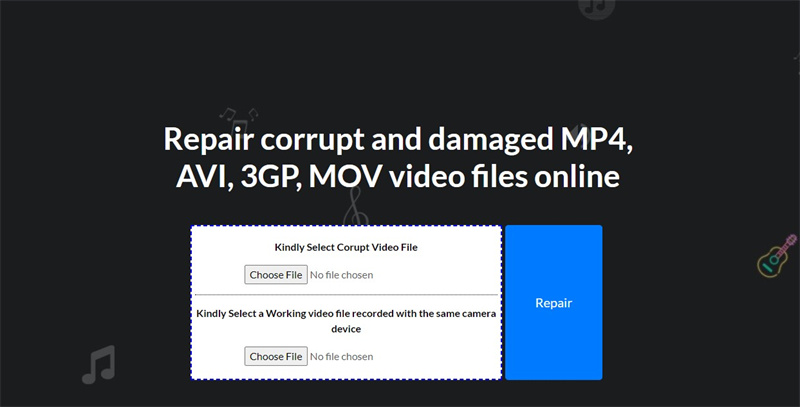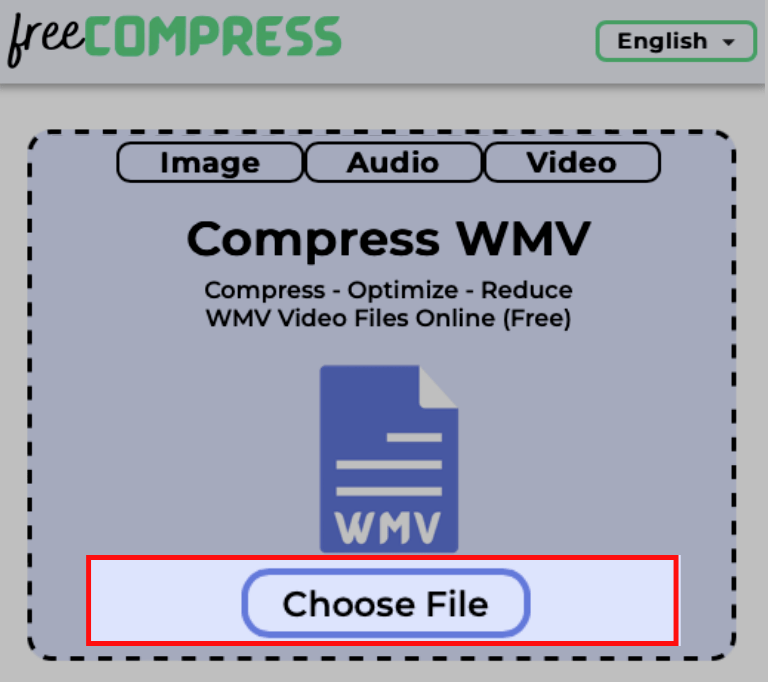Compress 4gb Video File Online Free

In an era dominated by high-resolution video, the challenge of managing large file sizes has become increasingly acute for content creators, businesses, and everyday users alike. The ability to efficiently compress a 4GB video file online, without incurring costs or sacrificing quality, is no longer a luxury, but a necessity for seamless sharing, storage, and streaming.
This article delves into the world of free online video compression, examining the tools and techniques available, the potential trade-offs involved, and the factors to consider when choosing a compression solution. We’ll explore the functionalities offered by popular platforms, analyze the impact of compression on video quality and accessibility, and provide guidance on navigating the often-complex landscape of video codecs and settings.
The Rise of Online Video Compression Tools
The market for online video compression tools has exploded in recent years, driven by the increasing demand for video content across various platforms. Platforms such as Clipchamp, FreeConvert, and HandBrake (though technically a desktop application, it offers powerful compression capabilities) have emerged as popular choices for users seeking to reduce video file sizes without compromising visual fidelity.
These tools leverage various compression algorithms and techniques to achieve file size reduction. These techniques include reducing the video resolution, adjusting the frame rate, and optimizing the video codec. The specific algorithms and settings used can significantly impact the final file size and the perceived quality of the compressed video.
Key Features and Functionalities
Many online video compression tools offer a range of features designed to cater to different user needs. These functionalities include batch processing, allowing users to compress multiple files simultaneously, and preset optimization profiles tailored for specific platforms like YouTube, Vimeo, and social media channels.
Advanced settings allow users to fine-tune compression parameters such as the bitrate, codec, and resolution. Some tools even offer the ability to add watermarks, trim video clips, and convert files to different formats. The key is to understand the implications of each setting and to experiment to find the optimal balance between file size and quality.
Understanding Compression Techniques and Codecs
Video compression relies on complex mathematical algorithms known as codecs. Codecs such as H.264 (AVC) and H.265 (HEVC) are widely used due to their ability to achieve high compression ratios while maintaining acceptable video quality. H.265 (HEVC) generally offers better compression than H.264 but requires more processing power and may not be supported by all devices.
Lossy compression techniques, which are commonly used in video compression, work by discarding some information from the original video file. This information is deemed perceptually less important, but excessive lossy compression can lead to visible artifacts and a reduction in video quality.
The Trade-Off Between File Size and Quality
The primary challenge in video compression is striking the right balance between file size reduction and visual quality preservation. A higher compression ratio will result in a smaller file size, but it will also likely lead to a more noticeable reduction in video quality.
Users need to carefully consider their specific needs and priorities when choosing compression settings. If the video is intended for professional use or archival purposes, it may be more important to prioritize quality over file size. Conversely, if the video is intended for sharing on social media or streaming on a mobile device, a smaller file size may be more important.
Privacy and Security Considerations
When using online video compression tools, it is crucial to consider the privacy and security implications. Users should carefully review the terms of service and privacy policies of any platform they use to ensure that their video files are handled securely and that their data is protected.
It's important to select reputable platforms that employ encryption and other security measures to protect user data. Users should also be cautious about uploading sensitive or confidential video content to online compression tools.
Future Trends in Video Compression
The field of video compression is constantly evolving, with new codecs and techniques emerging to address the ever-increasing demand for high-quality video. AV1, a royalty-free video coding format, is gaining traction as a potential successor to H.265, offering even better compression efficiency.
Advancements in artificial intelligence and machine learning are also being applied to video compression, leading to the development of more intelligent and adaptive compression algorithms. These algorithms can analyze video content and optimize compression settings on a per-frame basis, resulting in significant improvements in both file size and quality.
Ultimately, the ability to compress large video files online for free empowers individuals and businesses to create, share, and consume video content more efficiently. By understanding the available tools, techniques, and considerations, users can navigate the world of video compression with confidence and achieve the optimal balance between file size, quality, and accessibility.
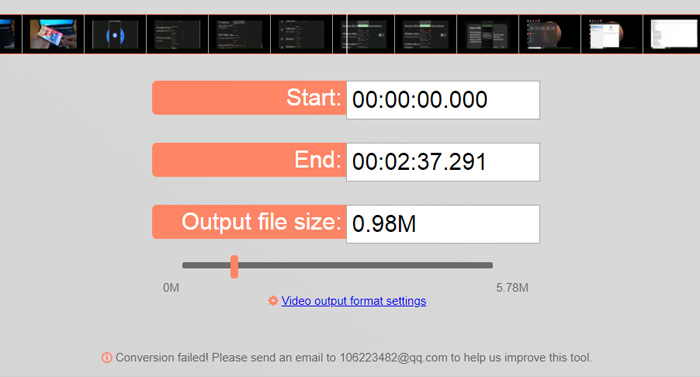



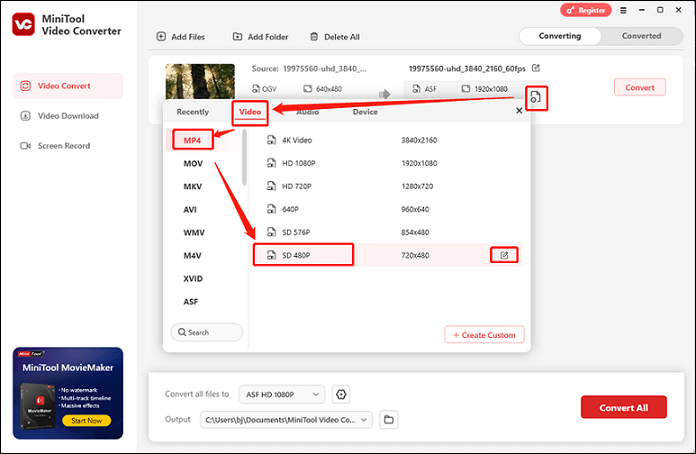
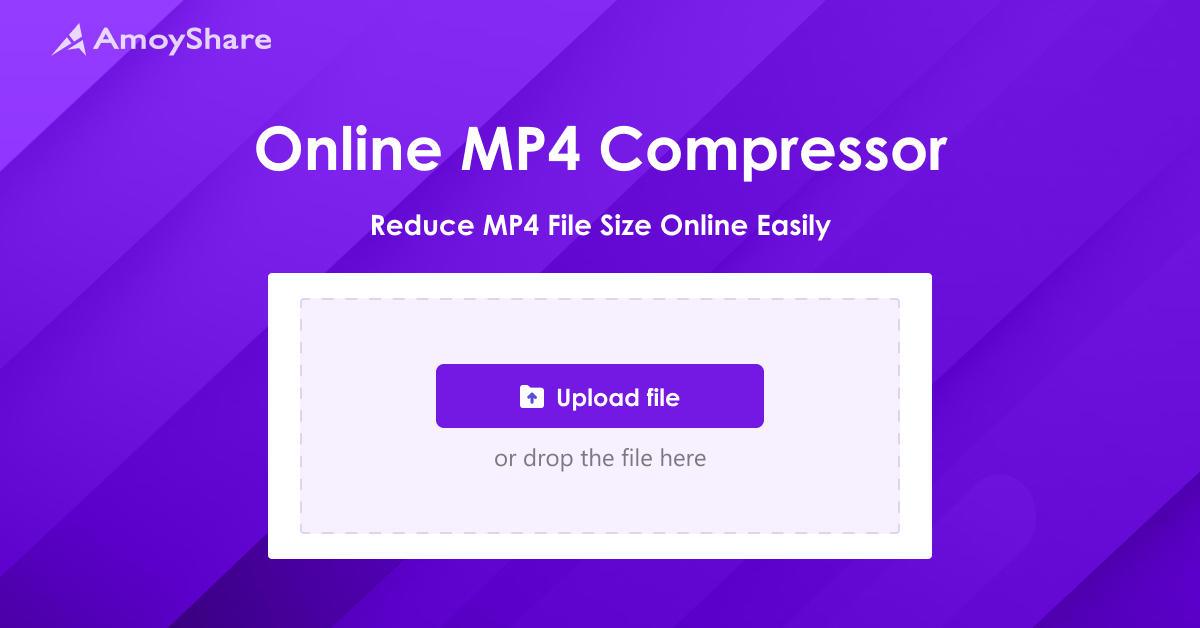


![Compress 4gb Video File Online Free Compress MOV File Easily for Free [Online/Windows/Mac]](https://www.tipard.com/images/video/compress-mov-file/aiseesoft-free-online-video-compressor.jpg)


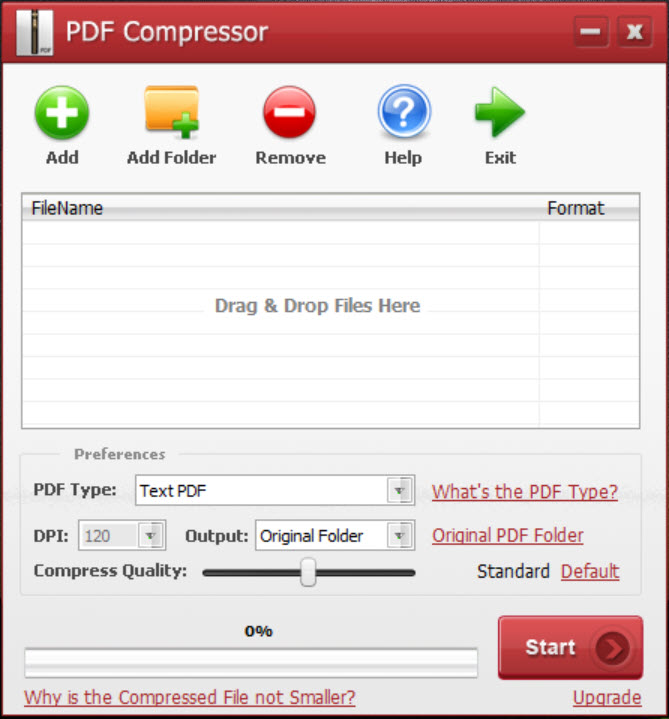

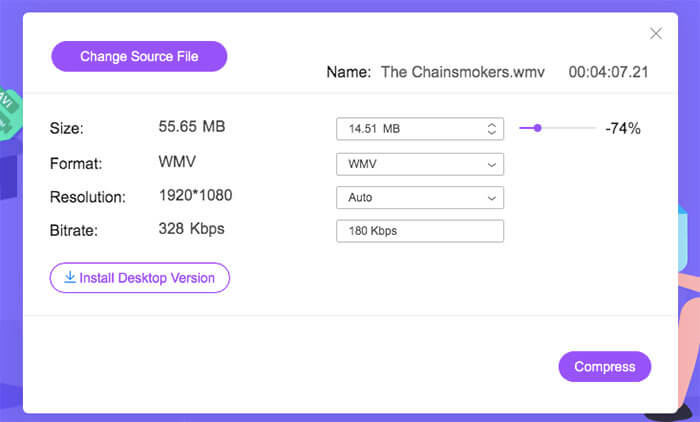
![Compress 4gb Video File Online Free Top 7 Ways to Compress MOV File [Online & Free Included]](https://new-img.movavi.com/pages/0012/94/72e23807a0240d275e2bf9bada8f4e332ff2cc97.webp)

